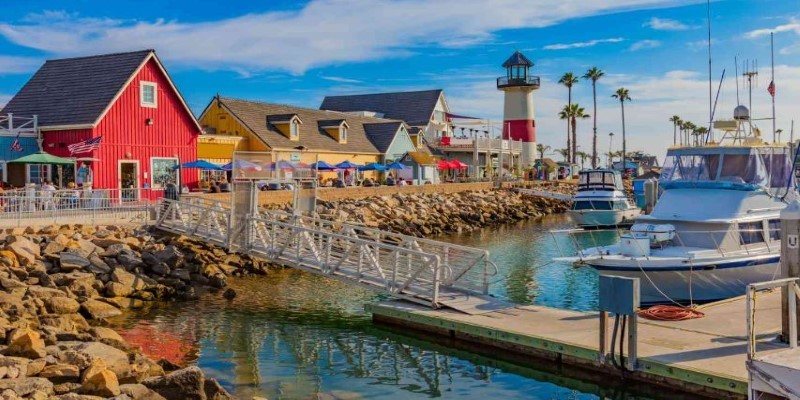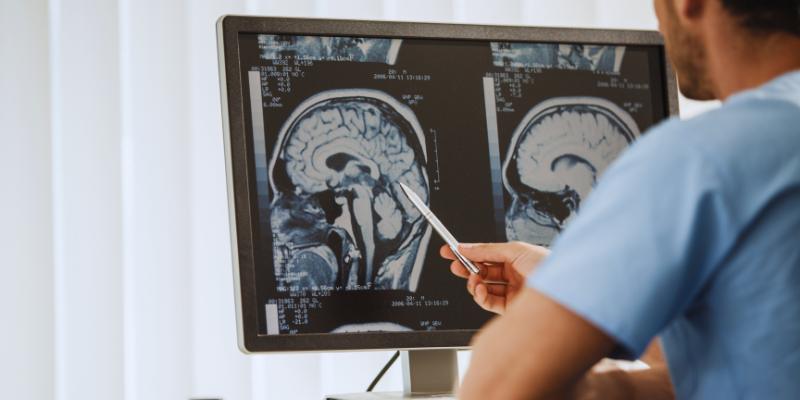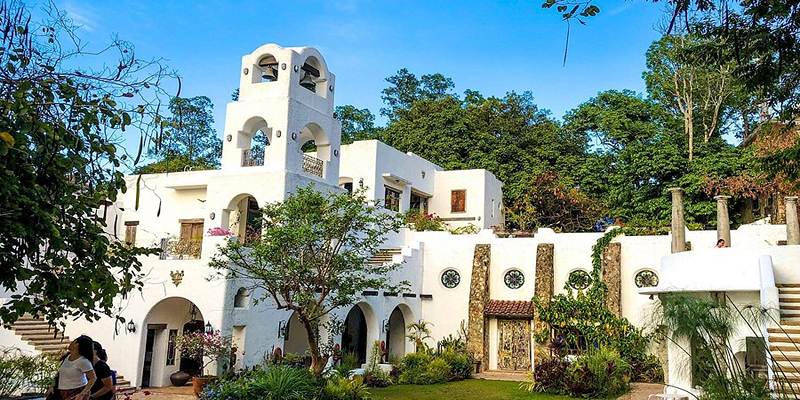Explore the Historic San Sebastian Cathedral This Summer
It is among the famous churches in Bacolod City, which has a rich history and beautiful architecture. Constructed in the Spanish period, this great structure has been in existence since the city was in its formative years. This is very important to both history lovers and Catholic faithful who wish to visit some of the oldest churches in Negros. It plays an important role as a spiritual place for the people, as they can attend daily masses and also meditate. We will provide an insight into the history, architecture, and general information that will be vital to any visitor to grasp when visiting the site.
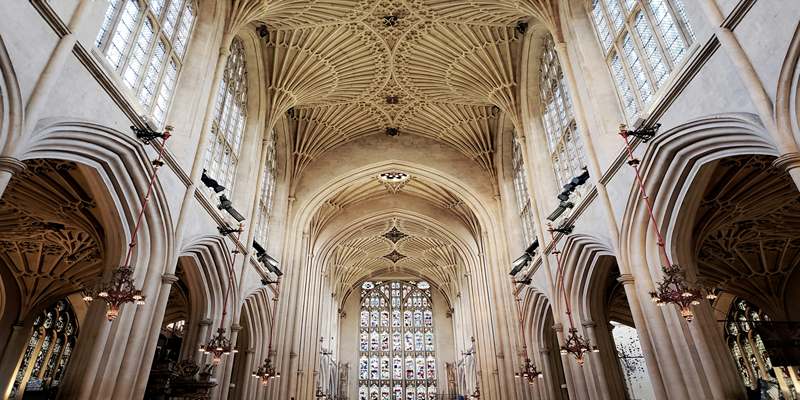
The Rich History of San Sebastian Cathedral Bacolod
Origins and Construction of the Cathedral
The history of San Sebastian Cathedral Bacolod began in 1876 when the Spanish friars planned for a big church for the increasing number of Catholics. The materials used in constructing the building were coral stones from Guimaras and hardwood from the forests of Negros. It started as a regular church and was later strengthened and developed into the massive cathedral as is seen today. Thus, local craftsmen and Spanish builders saw it through to the last to give it a befitting legacy. For decades, it has stood as a symbol of people’s faith and as the evidence of colonial legacy in Bacolod.
Major Events and Historical Significance
For a long time, it was a focal point of religious and cultural life in Bacolod, and therefore, it is considered to be one of the most significant landmarks of the city. It has witnessed several religious occasions, such as the festivity of San Sebastian and Holy Week activities that attract thousands of believers. It was also a place of shelter and hope in times of wars and famine for the people of the community. It has served as a wedding, baptism, and other sacrament venue over the years, which made it a part of the community. Today it stands as a religious relic of Bacolod, and many people still visit this church for worship and others for historical purposes.
Architectural Changes and Restorations
Throughout the years, changes had been made to San Sebastian Cathedral Bacolod in terms of its appearance and to ensure that the structure remains strong. Old bell towers were replaced after being destroyed and other features were incorporated to beautify it. The building has been restored in the 20th century to maintain its stone carving and stained glass windows. Still, the said changes did not alter the general ambiance of the cathedral; a reminder of the religious past of Bacolod. To this effect there are today efforts being made to preserve it and retain its glory in order that coming generations can experience the beauty and cultural value inherent in this creation.
Architectural Beauty and Religious Symbolism
Exterior Design and Features
The grand facade of San Sebastian Cathedral Bacolod is an architectural marvel, featuring a blend of Baroque and Neoclassical influences. Its sturdy coral-stone walls, large arched doorways, and twin bell towers give it a commanding presence in the city’s landscape. The entrance is adorned with intricate carvings and religious symbols, welcoming visitors with a sense of reverence. The cathedral’s exterior also includes a large cross and statues of saints, reinforcing its deep-rooted Catholic heritage. At night, soft lighting highlights its majestic form, making it one of the most visually stunning religious sites in Bacolod.
Interior Highlights and Religious Artifacts
Stepping inside, visitors are greeted by a breathtaking interior filled with religious artwork and historical relics. The high ceilings, adorned with elegant chandeliers, create an atmosphere of peace and solemnity. The intricately designed altar, with its golden accents and statues of saints, serves as the focal point of worship. Among its treasured artifacts are century-old religious images and a beautifully crafted tabernacle. Every corner of the cathedral exudes a sense of devotion, making it a profound place for reflection and prayer.
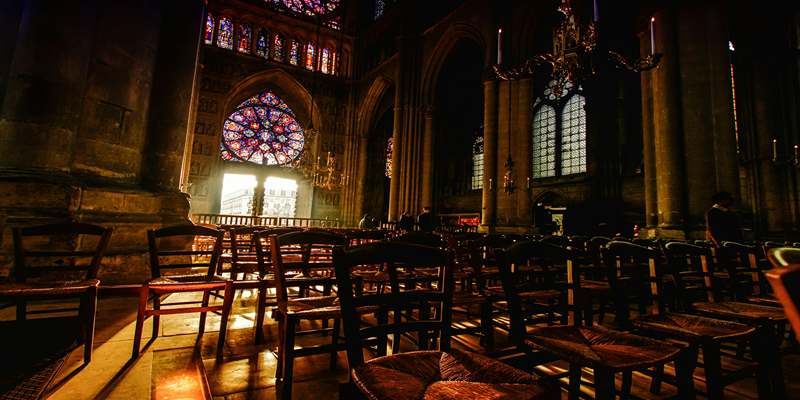
The Spiritual Importance of the Cathedral
Beyond its architectural grandeur, San Sebastian Cathedral Bacolod holds deep spiritual significance for the local Catholic community. It serves as the seat of the Diocese of Bacolod, overseeing religious activities in the region. Daily masses and special liturgical events draw large congregations, emphasizing its role as a pillar of faith. Many pilgrims visit the cathedral to seek solace, light candles, and offer prayers for loved ones. Whether attending a Sunday service or simply sitting in quiet reflection, visitors can experience a profound sense of connection to Bacolod’s religious traditions and spiritual heritage.
Visiting San Sebastian Cathedral Bacolod
Best Time to Visit and What to Expect
For those planning to visit San Sebastian Cathedral Bacolod, the best time is during the early morning or late afternoon when the atmosphere is most serene. Masses are held regularly, and attending one can provide a deeper appreciation of the cathedral’s role in local life. The open layout allows visitors to explore its details, from the grand altar to the side chapels dedicated to saints. Tourists are encouraged to dress modestly and respect the sacredness of the place. Photography is permitted, but flash photography and loud noises should be avoided to maintain the cathedral’s tranquil ambiance.
Nearby Attractions and Activities
After visiting San Sebastian Cathedral Bacolod, visitors can explore nearby attractions that showcase Bacolod’s rich culture. Just a short walk away is the Capitol Park and Lagoon, a scenic spot perfect for relaxation. For those interested in history, the Negros Museum offers fascinating exhibits on the island’s heritage. Food lovers can head to Calea Bacolod, famous for its delectable cakes and desserts. Whether exploring more historic churches in Negros or enjoying Bacolod’s vibrant city life, the cathedral serves as an excellent starting point for a memorable travel experience.
Conclusion
San Sebastian Cathedral Bacolod stands as a remarkable testament to the city’s rich history, deep spirituality, and enduring architectural beauty. As one of the most significant religious sites in Bacolod, it offers visitors an opportunity to connect with the past while experiencing the vibrant faith of the present. Whether you’re drawn by its stunning design, historical significance, or peaceful atmosphere, this cathedral is a must-visit landmark in Bacolod. Plan a visit today to witness its grandeur and immerse yourself in the rich cultural and religious heritage it represents.


